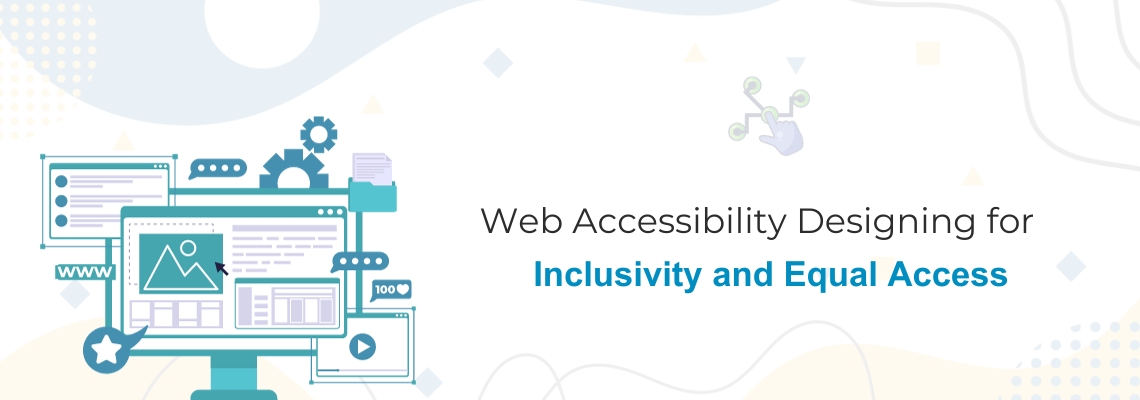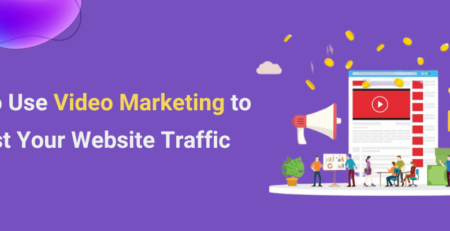Web Accessibility: Designing for Inclusivity and Equal Access
Introduction
The World Wide Web has transformed the way we access information, communicate, and interact with the world. However, for this digital revolution to truly be a force for good, it must be accessible to all, regardless of abilities or disabilities. This is where the idea of web accessibility becomes significant. In this blog post, we will explore the importance of web accessibility and how it’s integral to designing websites that are inclusive, user-friendly, and provide equal access to all individuals.
Understanding Web Accessibility
Web accessibility refers to the practice of Designing websites and web content to be usable by people with disabilities. Disabilities can vary widely, including visual impairments, hearing impairments, motor disabilities, and cognitive impairments. Web accessibility ensures that these individuals can perceive, understand, navigate, and interact with the web effectively
Inclusivity and Equal Access
The Internet is a crucial resource for education, employment, and social participation. Inaccessible websites exclude individuals with disabilities from these opportunities. Web accessibility aims to create an inclusive digital environment where everyone can participate on an equal basis.
Legal obligations
It exists in numerous countries, with laws and regulations mandating website accessibility. Ensuring your website is accessible not only helps you comply with the law but also demonstrates a commitment to social responsibility.
Expanding Your Audience
Making your website accessible means reaching a broader audience. It’s not just about accommodating individuals with disabilities; it’s about creating a better user experience for everyone, including those on mobile devices or in challenging environments.
Enhanced SEO and Search Rankings
Accessible websites are often better optimized for search engines. Improved website structure, content, and metadata can boost your SEO efforts, helping your website reach a wider audience.
Perceivable
Information and elements of the user interface should be displayed in manners that users can readily detect and understand. This includes providing text alternatives for non-text content, ensuring content is adaptable, and creating content that can be presented in different ways.
Operable
This involves keyboard accessibility, giving users enough time to read and use content, avoiding content that could cause seizures, and providing clear navigation and headings.
Understandable
The website should be designed in a way that’s understandable to all users. This includes clear and concise language, consistent navigation and functionality, and user-friendly error handling.
Robust
Content should be designed in a way that ensures its compatibility with both present and upcoming technologies, encompassing assistive tools as well. It means avoiding practices that can cause compatibility issues and using valid, well-documented code.
Practical Web Accessibility Tips
Ensure images have descriptive alt text.
Use semantic HTML for page structure.
Provide keyboard navigation options.
Implement text-to-speech functionality.
Test your website with various accessibility tools and real users.
Conclusion
Web accessibility is not just a moral imperative; it’s a legal requirement and good business practice. Designing websites with inclusivity in mind benefits everyone and ensures that the web remains an open and welcoming space for all users. By embracing web accessibility, you’re not only creating a more equal and accessible digital world .

















Leave a Reply